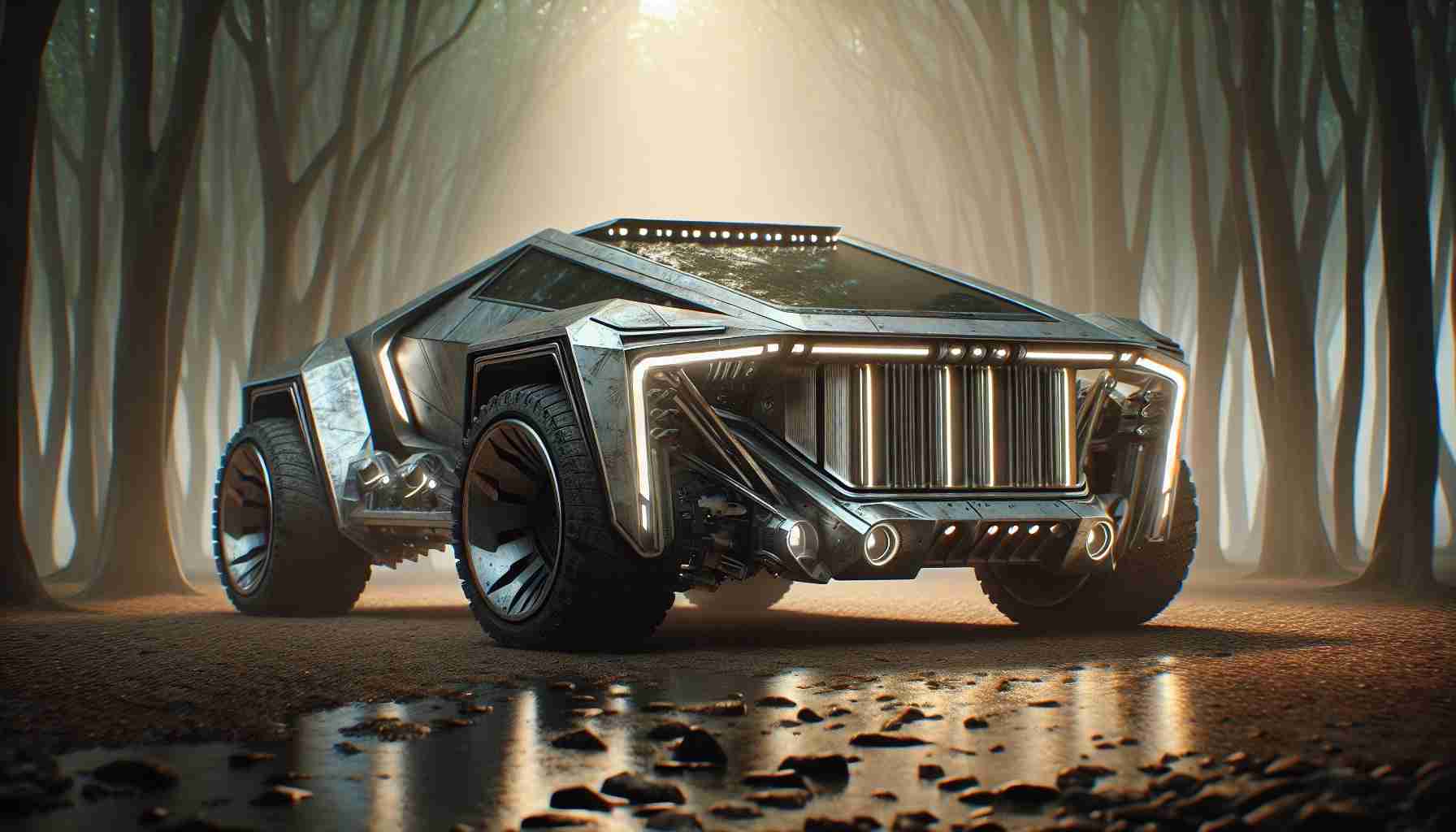A New Era of Vehicle Design: Beyond Just Another EV
The Tesla Cybertruck has surged unexpectedly into the spotlight as a crucial player in the electric vehicle (EV) arena. However, beneath its robust sales lies a profound impact on the wider transportation industry and societal norms, extending far beyond just being another electric pickup.
Redefining Vehicle Manufacturing and Architecture
The Cybertruck’s bold departure from traditional vehicle aesthetics—a geometric, steel body devoid of paint and ornamentation—has triggered a wave of curiosity and adaptation in manufacturing circles. Its simplified assembly process, enabled by thoughtful material choices and minimalistic design, showcases a leap in production efficiency that other automakers may soon follow. This paradigm shift offers a blueprint for reducing resource consumption and manufacturing timelines.
Urban and Economic Ripples
1. Transforming Urban Planning: As the Cybertruck gains traction, cities are reassessing their infrastructure. The need for versatile charging stations, adapted parking solutions, and revised traffic policies is becoming apparent to accommodate such innovative vehicles.
2. Driving Job Market Evolution: The Cybertruck surge is fueling demand for tech-savvy workforce in both manufacturing and software domains, providing a noticeable boost to local job markets.
3. Pioneering Autonomous Vehicle Tech: With its cutting-edge features, the Cybertruck is positioned as a prime candidate for advancing autonomous technologies, placing Tesla at the forefront of AI development.
Potential Drawbacks of the Cybertruck Revolution
Despite its achievements, the Cybertruck raises environmental and aesthetic concerns. The substantial material usage, particularly stainless steel, could present environmental challenges unless managed sustainably. Additionally, its controversial design elicits mixed reactions, potentially hindering its universal market appeal.
Global Economic Impact and Future Prospects
As an international success story, the Cybertruck influences global markets, pushing local manufacturers towards innovation, while reshaping trade policies. The pressing question remains whether its initial momentum can be sustained or if it will face the pitfalls of market saturation typical for novelty products.
In essence, the Tesla Cybertruck signifies more than a popular product; it’s a catalyst prompting a reevaluation of vehicle design, economic implications, and our approach to transportation infrastructure, hinting at a transformative future for the automotive world.
The Cybertruck Phenomenon: Breaking Barriers in EV Innovation
As the Tesla Cybertruck races into the limelight, it raises intriguing questions about the future of vehicle technology and societal shifts. While it’s currently celebrated for its unique contributions, there are even more aspects of this phenomenon impacting humanity and technological progress in ways not immediately evident.
Unveiling Cyber Resilience in Design
The unconventional architecture of the Cybertruck promises greater durability, which could initiate a new era of “cyber resilience” in vehicle design. With its stainless steel exoskeleton acting as both armor and structural support, it challenges manufacturers to explore materials and designs that can withstand environmental extremes, potentially reducing repair costs and extending vehicle lifespans.
Driving Global Technological Advancement
The Cybertruck’s integration of advanced technologies is reshaping global vehicle tech standards. Does the world need to grapple with the ethical implications of autonomous tech, especially in countries where AI regulations lag? The push for innovation could stimulate global agreements on tech standards and safety, unifying worldwide approaches to autonomous vehicles.
Sustainability Dilemma
Even as the Cybertruck advances transportation tech, it highlights a major controversy: the balance between technological innovation and sustainability. How can automakers mitigate environmental impact? This challenge pushes for research into sustainable materials and recycling processes, potentially catalyzing breakthroughs in eco-friendly manufacturing.
Community and Cultural Resonance
The distinct design prompts cultural discourse on individuality versus conformity in vehicle aesthetics. Will this inspire a diversification in car designs? This resonates culturally, pushing designers to embrace uniqueness over traditional norms, but risks alienating conservative markets.
Overall, Tesla has ignited a revolution that could reshape not just the automotive industry, but societal attitudes and regulatory landscapes globally. The Cybertruck, thus, is more than a vehicle—it’s a herald of change, pushing humanity towards innovative yet conscientious futures.







